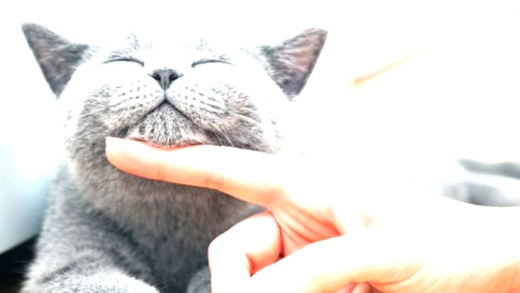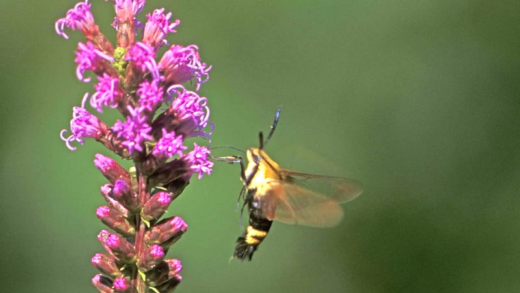Pelicans have a unique diet primarily consisting of fish, but they can also eat crustaceans and amphibians. They can consume up to 4 pounds of food in one meal, thanks to their efficient feeding adaptations. Pelicans often feed in groups to maximize their hunting success, showcasing their remarkable ecological role.
Pelican Bill Structure: What Makes It Unique?
The pelican bill structure is one of the most fascinating aspects of these birds. Pelicans possess large, elongated bills that are uniquely designed for their feeding habits. The bill can measure up to 18 inches long in some species, making it a striking feature. This extraordinary bill is not just for show; it plays a crucial role in how pelicans catch food.
The bill consists of several parts: the upper mandible, lower mandible, and a throat pouch. The throat pouch is particularly interesting as it acts like a net, allowing pelicans to scoop up fish and other prey. When hunting, a pelican will dive or plunge into the water, opening its bill wide to capture its meal.
- Bill Capacity: Pelican bills can hold a significant amount of water and food, sometimes up to three times the size of their stomach. This allows them to consume large quantities in one go.
- Adaptations: The shape and flexibility of the pelican’s bill enable them to filter out water while retaining their prey. This adaptation is vital for their survival, especially in competitive feeding environments.
- Species Variation: Different species of pelicans, like the American White Pelican and Brown Pelican, have variations in bill size and shape, tailored to their specific feeding methods.
In summary, the pelican’s bill structure is a remarkable adaptation that enhances its feeding efficiency. Understanding this unique feature helps appreciate how pelicans thrive in diverse aquatic habitats.
How Pelicans Catch Food with Their Bills
The pelican bill is an incredible tool for catching food, showcasing a unique combination of structure and function. Pelicans have developed specialized hunting techniques that maximize the effectiveness of their large bills, allowing them to capture prey efficiently.
When hunting, pelicans utilize a variety of methods:
- Surface Diving: Pelicans often dive into the water from the air, using their long bills to scoop up fish as they plunge. This method is not only effective but visually striking, as these birds can plummet from significant heights.
- Group Feeding: Many pelican species engage in cooperative hunting. They work together to herd fish into shallow waters, making it easier for each bird to catch their meal. This teamwork enhances their success rate.
- Bill Flicking: Once a pelican captures its prey, it may flick its bill to toss the fish into the air and reposition it for swallowing. This technique is crucial, especially for larger fish.
Interestingly, pelicans have a remarkable ability to control the amount of water they take in during feeding. Their bills can filter out excess water while retaining fish, thanks to the specialized structure of their throat pouch. This adaptation is vital, as it allows pelicans to consume large amounts of food without overfilling their stomachs.
In summary, the methods pelicans use to catch food are as diverse as their diets. Understanding these techniques provides insight into how these magnificent birds thrive in various aquatic environments.
Pelican Diet: What Do They Eat and How Much?
The pelican diet primarily consists of fish, but their feeding habits can vary based on species and habitat. Pelicans are opportunistic feeders, meaning they will consume whatever is available, making their diet quite diverse. Here are some key points about what pelicans eat:
- Fish Types: Pelicans predominantly eat fish such as menhaden, sardines, and mullet. Some species also consume crustaceans and amphibians when fish are scarce.
- Feeding Capacity: A pelican can eat up to 4 pounds of fish in a single meal, which is quite a bit considering their stomach size. Their stomachs can hold three times the amount of food compared to their bill capacity, allowing them to store food effectively.
- Feeding Behavior: Pelicans often engage in group feeding, which enhances their ability to catch food. They can herd fish into shallow waters, making it easier for them to dive and scoop up their meals.
Interestingly, the pelican’s unique feeding adaptations help them thrive in various environments. They can filter water from their catch, ensuring they only consume the fish while discarding excess water. This ability is crucial in maintaining their health and preventing overfeeding.
In conclusion, pelicans have a well-adapted diet that allows them to exploit a variety of food sources. Understanding their feeding habits and preferences gives insight into their ecological roles in aquatic ecosystems.





Comments are closed.